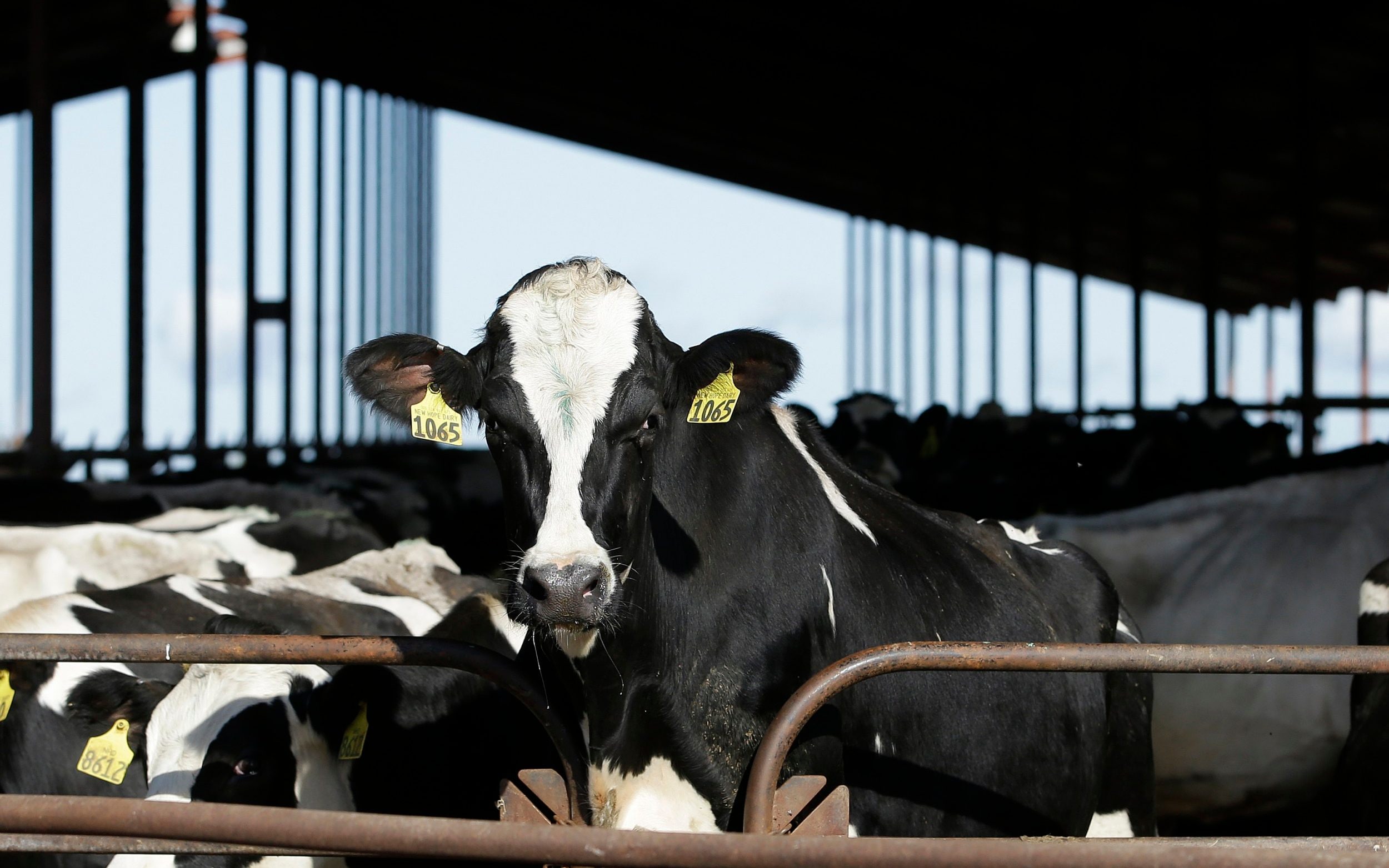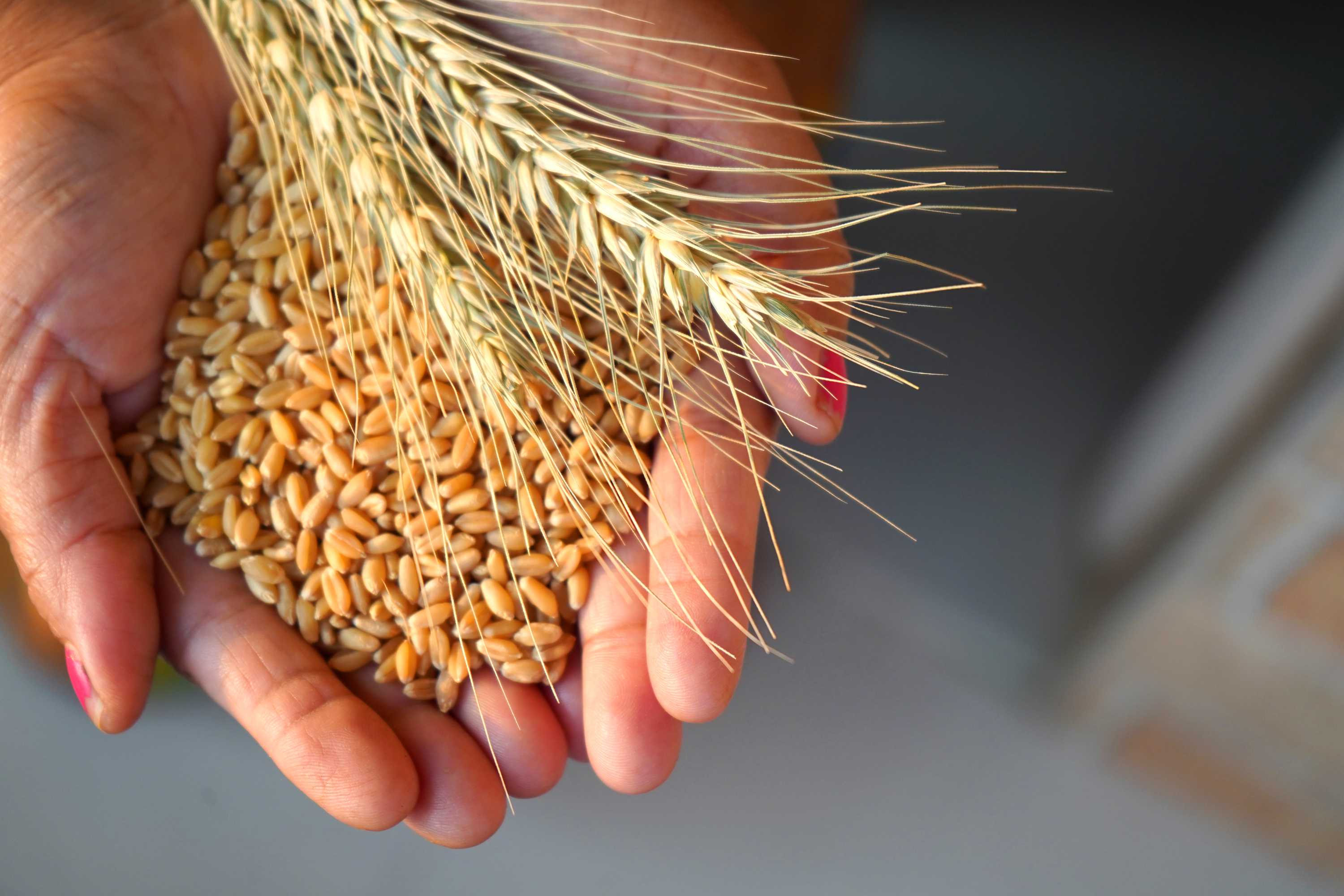
FIRST MAMMAL-TO-HUMAN TRANSMISSION OF H5N1 ‘BIRD FLU’ CONFIRMED
Health authorities have called for increased monitoring of US farm workers at risk of catching H5N1, after genetic data confirmed the first instance of the virus jumping from mammals to humans.
In an official report published on Friday, health officials from the US Centres for Disease Control (CDC) said they found “strong evidence” that the Texan dairy worker who became infected with bird flu in March contracted the virus from a cow.
“This would be the first reported case of mammal-to-human H5N1 virus transmission reported worldwide,” said the authors.
Almost 900 people in 23 countries have been infected with the highly pathogenic strain of avian flu over the last two decades, but all previous cases have been linked to infected wild or kept birds.
This latest development indicates the virus has better adapted to spread between mammals, sparking fears it may eventually evolve to transmit between humans – something which is of “enormous concern,” the World Health Organization has warned.
The report said anyone exposed to the virus “should be monitored,” and that those with symptoms should “immediately isolate”.
But health officials are struggling to win the trust and cooperation of US farm workers, many of whom are reported to have refused testing of workers and animals on their farms.
‘Exceedingly mild’ symptoms
So far, the virus has spread to 39 dairy herds in nine states – meaning thousands of dairy workers have most likely been exposed.
But official messaging issued by the CDC has said only 100 farm workers are currently being surveyed for signs of the virus.
“It certainly raises questions over how robust the agency’s contact tracing is,” Dr Krutika Kuppalli, a spokesperson for the Infectious Disease Society of America and former WHO medical officer, told The Telegraph.
The report included details about how the Texas farm worker, who is only the second recorded human case of H5N1 in the US, became infected.
The man most likely got sick through handling the cow’s milk, or through breathing in respiratory droplets or “aerosols” containing the virus from the infected cattle, according to the scientists.
Encouragingly, his symptoms were described as “exceedingly mild,” with no fever, no trouble breathing, and no further complications.
The only visible sign of the virus appeared to be mild conjunctivitis, and none of his household displayed any symptoms, the report read.
However, scientists were not granted permission to test the man’s contacts for traces of H5N1 – although it is unclear why.
The WHO still considers the risk to humans low, but urged countries to rapidly share information to enable real-time monitoring of the situation to ensure preparedness as the virus continues to spread.
Protect yourself and your family by learning more about Global Health Security
2024-05-03T16:41:29Z dg43tfdfdgfd











